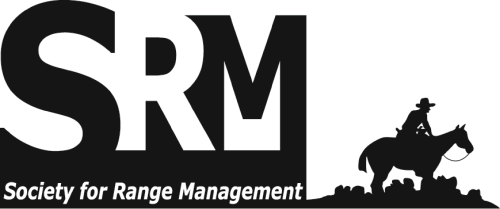On the Ground • Thacker et al. compared two common techniques for assessing greater sage-grouse habitat: Daubenmire quadrats and line-point intercept sampling. • Sampling only 16 Daubenmire quadrats may not have been adequate to support Thacker et al.’s assertion that line-point sampling yields highercover values and that the two methods are not comparable. • Using data from sagebrush ecosystems in Montana, we show that mean percent cover changes depending on the number of Daubenmire quadrats sampled and that 16 Daubenmire quadrats may not be sufficient to accurately characterize sagebrush vegetation. • Assessing the appropriate sampling effort for the method and study is a crucial part of designing sampling protocols and has implications for greater sage-grouse management and conservation. The Rangelands archives are made available by the Society for Range Management and the University of Arizona Libraries. Contact lbry-journals@email.arizona.edu for further information. Migrated from OJS platform March 2020

Practical, non-technical peer-reviewed articles published by the Society for Range Management. Access articles on a rolling-window basis from vol 1, 1979 up to 3 years from the current year. More recent content is available by subscription from SRM.